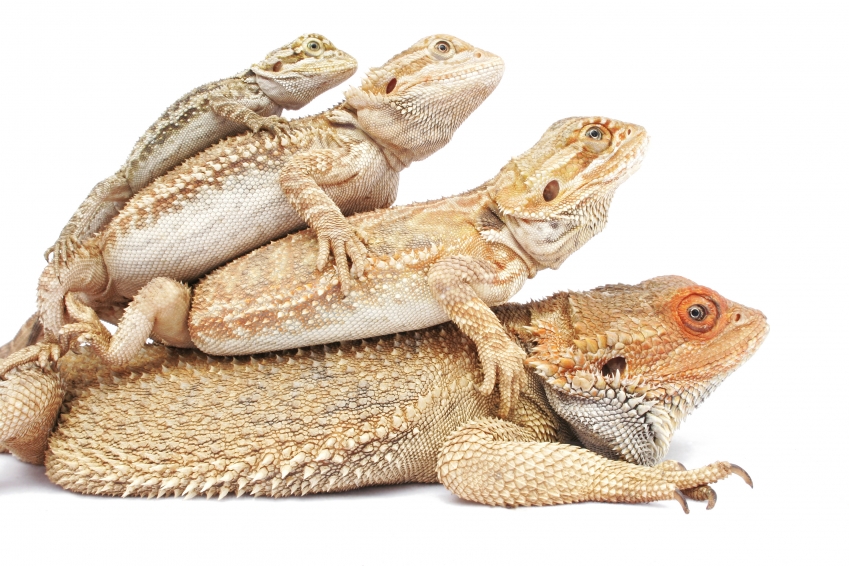Don't be Lost in Translation: How to Say Bearded Dragon in Spanish
Introduction
Bearded dragons have become one of the most popular reptile pets in the world. With their docile nature and unique appearance, it’s hard not to love these charismatic creatures. As with any new pet, it’s important to learn the basics of their care, including how to say their name in different languages.
Bearded Dragon in Spanish
If you are a beginner in Spanish, learning how to say the name of this amazing reptile may not be your priority. Fortunately, saying ‘bearded dragon’ in Spanish is easy. The Spanish translation for bearded dragon is ‘dragón barbudo’. It’s a literal translation, as ‘dragón’ means ‘dragon’ and ‘barbudo’ means ‘bearded’. You can use this name when referring to your bearded dragon with Spanish speakers.

More About Bearded Dragons
Bearded dragons are native to Australia and belong to the family Agamidae. They are characterized by the spiny projections around their throat that looks like a beard. These projections play a vital role in the dragon’s behavior as they puff them out when they feel threatened or when they are trying to attract a mate.
Bearded dragons are omnivores, which means that they eat both plants and animals. They have a life span of up to 20 years when cared for properly, and they can grow up to 24 inches in length. Bearded dragons are known for their docile nature, and they can make great companions for anyone with enough room and time to care for them.
Tips for Caring for Your Bearded Dragon
Caring for a bearded dragon can be an exciting and rewarding experience, but it’s important to make sure you’re equipped with the knowledge and resources necessary to give them the best possible care. Here are a few tips to get you started:
1. Provide a proper habitat
Bearded dragons need a spacious and secure habitat that includes plenty of hiding places and basking areas. Many owners opt for a terrarium or a vivarium due to their size and the need to maintain proper lighting and temperature.

2. Ensure proper diet
As mentioned earlier, bearded dragons are omnivores, which means you must include both plant and animal-based food in their diet. Their diet should include a mix of insects such as crickets, roaches, or mealworms, as well as veggies and fruits such as kale, carrots, and apple slices. You can also offer them commercially made bearded dragon diets.

3. Provide proper lighting and temperature
Bearded dragons require proper lighting and temperature to thrive. They need full-spectrum UV lighting to produce Vitamin D3 for proper calcium metabolism. A heat lamp is recommended to simulate their natural environment, and the temperature should range from 95 to 105 degrees Fahrenheit in their basking area. Make sure to provide a cooler area on the other side of the habitat where the temperature ranges from 75 to 85 degrees Fahrenheit.
4. Keep the habitat clean
It’s important to keep their habitat clean to prevent any diseases. Do a weekly deep clean of the enclosure and remove any fecal matter daily. Utilize a disinfectant solution for cleaning the habitat and any accessories.

Conclusion
Learning different languages and their translations for your pet’s name may not be a priority. However, it’s always good to know how to say their name in different languages. This is not just helpful in communicating with other people but is also an opportunity to learn a new language. Caring for a bearded dragon requires attention and patience, but with the right kind of care and love, it’s a journey that you can enjoy with your bearded dragon for years to come.
